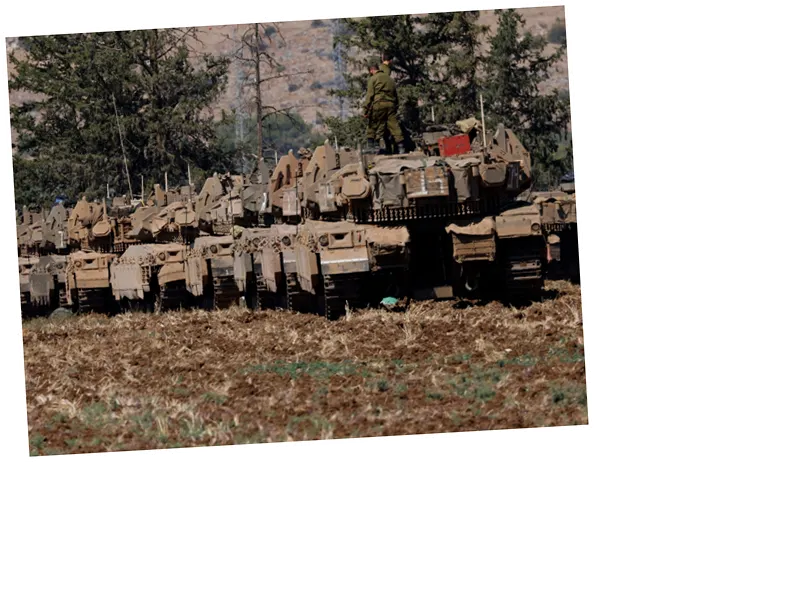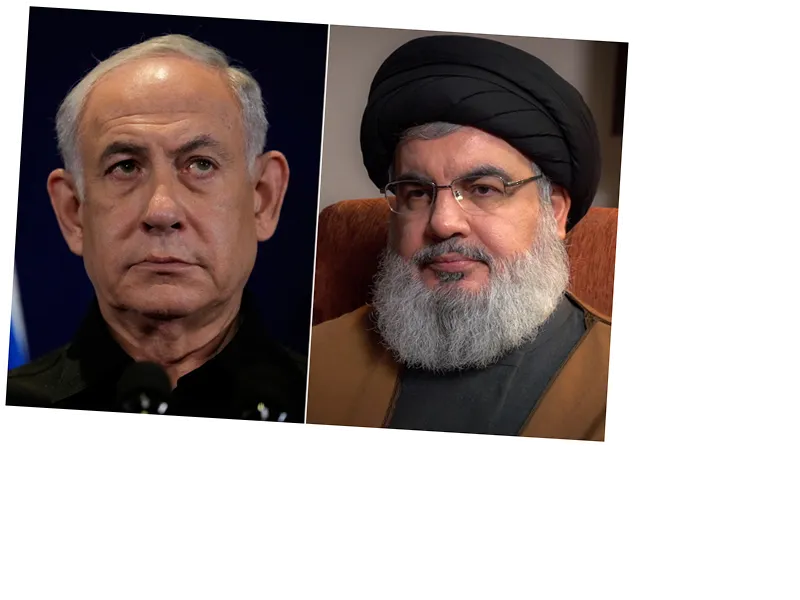Israel's New Military Tactics in Jenin: A Shift in Strategy
The Israeli army has recently adopted a controversial new tactic known as "walking through walls" in its military operations within the Jenin refugee camp. This approach aims to circumvent the dangers posed by resistance factions that are strategically positioned in the streets and alleys of the camp. By creating openings in the walls of buildings, soldiers can move stealthily between houses, reducing their exposure to sniper fire and ambushes. Historically, this tactic was previously employed during the Al-Aqsa Intifada, highlighting a return to unconventional military strategies as Israel seeks to combat resistance in a densely populated area.
The ongoing military operation in the northern West Bank, which has entered its fourth day, has already resulted in the deaths of 20 Palestinians and numerous arrests. Observers note that Israel's military efforts are not just about immediate tactical advantages; they also reflect a broader strategy aimed at re-engineering the West Bank camps both socially and politically. The current situation in Jenin showcases the geographical advantages that resistance fighters leverage, using their intimate knowledge of the terrain to inflict losses on Israeli forces, despite the latter's technological and numerical superiority.
The Implications of Military Operations in Jenin
The Israeli army's operation in Jenin is part of a larger campaign to dismantle resistance cells in key areas such as Jenin, Tulkarm, and Nablus. Analysts suggest that these military actions are indicative of Israel's ongoing struggle to maintain control over the West Bank, especially given the historical context of past operations like Defensive Shield in 2002, which failed to eradicate resistance despite the small geographical size of the camp.
As Israel continues to implement these unconventional tactics, it raises significant questions about the future of the West Bank's political landscape. The use of locally made explosive devices by resistance fighters complicates the military equation, making it increasingly challenging for Israeli forces to operate effectively in urban environments. This ongoing conflict underscores the complex interplay of military strategy, geography, and local resistance dynamics.






